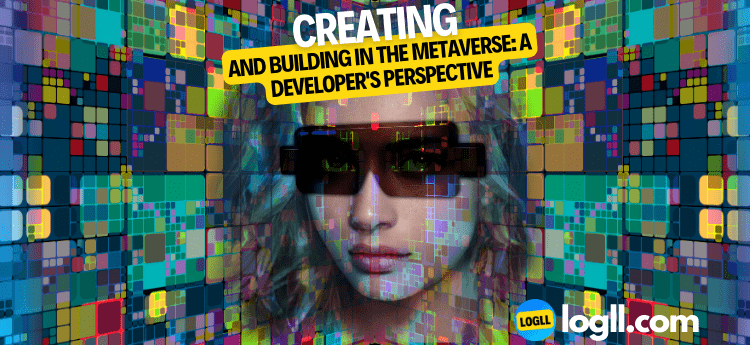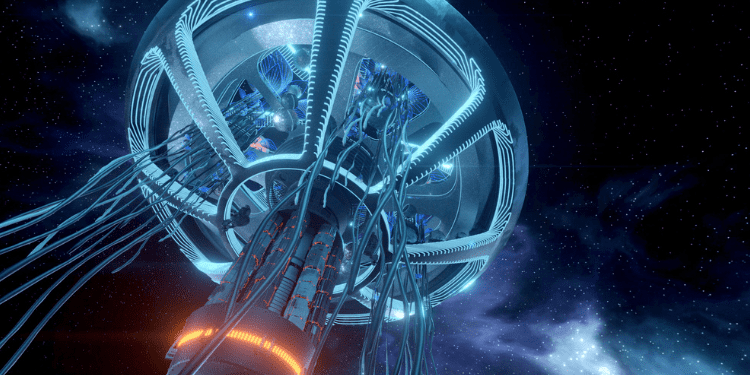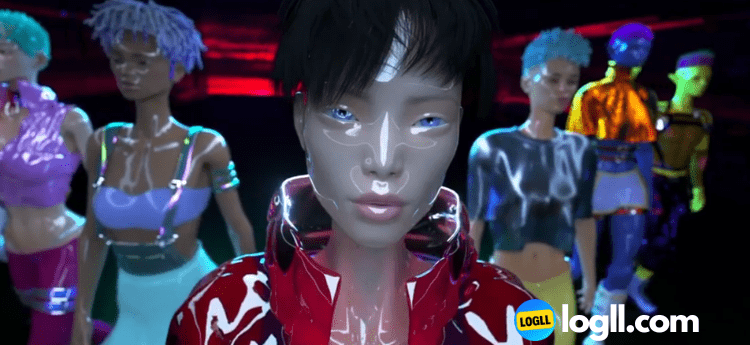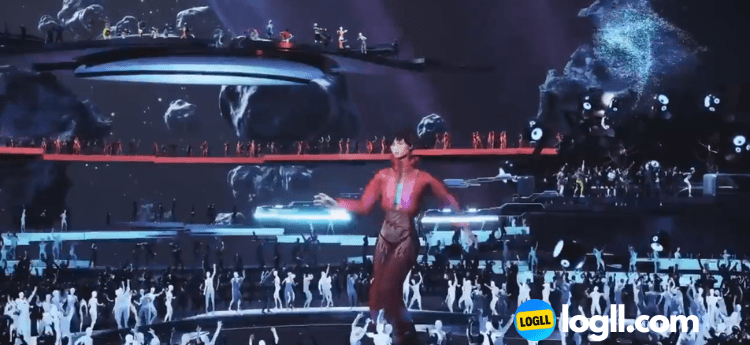The term “Metaverse” was coined by science fiction author Neal Stephenson in his 1992 novel Snow Crash, and refers to a shared, virtual space where users can interact with each other and digital objects.
Definition of the metaverse
In recent years, the concept of the metaverse has gained attention as advances in technology have made it increasingly possible to create immersive, virtual experiences.
The metaverse is still in its early stages of development, but it has the potential to revolutionize a wide range of industries, from entertainment and gaming to education and commerce. For developers, the metaverse presents a unique opportunity to create and build new worlds and experiences that were previously unimaginable.
In this blog post, we will explore the current state of the metaverse and the potential it holds for developers. We will also provide insights and case studies from developers who have already started building in the metaverse, highlighting the challenges and opportunities they have encountered along the way.
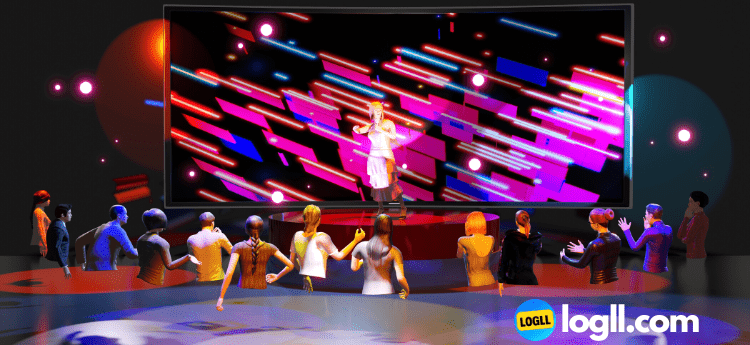
The Development Process
Creating and building in the metaverse involves a number of steps and requires a range of tools and technologies. Here is an overview of the development process:
- Idea generation and planning: The first step in any development project is to come up with an idea and create a plan for bringing it to life. This can involve sketching out a rough concept, creating a storyboard, or writing a script.
- Design and prototyping: Once you have a clear idea of what you want to create, the next step is to design and prototype your project. This can involve creating wireframes or mockups, as well as using tools like 3D modeling software to visualize your project in greater detail.
- Development: With a solid plan and design in place, it’s time to start building your project. This can involve programming, asset creation, and other tasks depending on the specific needs of your project.
- Testing and debugging: As with any software development project, testing and debugging are important parts of the process. This can involve testing your project in a simulated environment or on real users to identify and fix any issues.
- Deployment: Once your project is complete and has been thoroughly tested, it’s time to deploy it to the metaverse. This can involve uploading your project to a hosting platform or integrating it into an existing metaverse.

There are many tools and technologies available to developers working in the metaverse, including 3D modeling software, game engines, and virtual reality (VR) development platforms. Some popular options include Unity, Unreal Engine, and the VR platform SteamVR.
Challenges and Opportunities
As with any emerging technology, there are both challenges and opportunities for developers working in the metaverse. Here are a few key points to consider:
Unique challenges:
- Limited user base: The metaverse is still in its early stages, which means that the user base is relatively small compared to other platforms. This can make it difficult to reach a wide audience and generate revenue.
- Technological limitations: While technology has come a long way in recent years, there are still limitations to what can be achieved in the metaverse. This can include limitations in hardware, bandwidth, and other factors that can affect the performance and quality of metaverse experiences.
- Legal and ethical considerations: As the metaverse becomes more prevalent, there will likely be a need to address legal and ethical issues such as privacy, intellectual property, and liability.
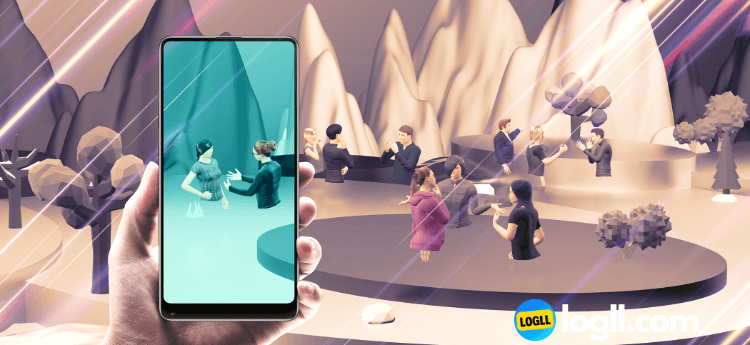
Opportunities for innovation and creativity:
- The ability to create entirely new worlds and experiences: The metaverse offers a unique opportunity to create and build experiences that are not possible in the real world. This opens up a wide range of possibilities for innovation and creativity.
- A blank canvas for developers: With the metaverse still in its early stages, there is a lot of room for developers to create and shape the direction of the platform. This can be a great opportunity to make your mark and shape the future of the metaverse.
- A growing market: As the metaverse continues to grow and mature, the market for metaverse-based products and services is expected to expand. This presents opportunities for developers to create and sell their own products and services in the metaverse.
Look at Amazon Metaverse Products
CNBEYOUNG Adjustable Head Strap Compatible with Meta/Oculus Quest 2, Replacement for Quest 2 Elite Strap Accessories for Enhanced Support and Comfort in VR, Suitable for Children and Adults
$29.99
GimmeVR VR Golf Club Handle Accessory Compatible with Oculus Quest 2 and Rift S, Realistic Grip Handle Attachment with Weighted Balance, Golfing Game Extension Adapter
ZYBER Charging Dock for Meta Quest 2, VR Charging Stand for Charging Oculus Quest 2 (Support Elite Strap with Battery), Charging Station with 2 Rechargeable Batteries, USB-C Charger and Cable
$54.89
Recommended reading: 
Case Studies
To get a better understanding of the challenges and opportunities of building in the metaverse, let’s take a look at a few examples of successful projects:
Example 1:
Title: “Virtual Reality Escape Room”
Description: This virtual reality escape room allows players to solve puzzles and challenges in a fully immersive environment.
Lessons learned:
- The importance of user testing: The developers of this project spent a lot of time testing and iterating on their puzzles to ensure that they were challenging but not frustrating for players.
- The value of a strong narrative: In addition to the puzzles, the developers also focused on creating a strong narrative to help immerse players in the experience.
Example 2:
Title: “Virtual Concert”
Description: This project allows users to attend virtual concerts featuring their favorite artists in real-time.
Lessons learned:
- The power of partnerships: The developers of this project formed partnerships with music labels and artists to bring a wide range of concerts to the metaverse.
- The need for scalability: With the potential for large numbers of users to attend virtual concerts, the developers had to make sure their platform was scalable and able to handle a high volume of traffic.
Example 3:
Title: “Virtual real estate market”
Description: This project creates virtual spaces that users can buy and sell as if they were real properties.
Lessons learned:
- The value of a strong business model: The developers of this project focused on creating a strong business model that would allow them to generate revenue while also providing value to users.
- The importance of community: The developers also focused on building a strong community of users to drive engagement and create a sense of ownership within the metaverse.
These case studies demonstrate the range of possibilities for building in the metaverse and the lessons that can be learned from the development process. Whether you are building a game, a social platform, or a business, the metaverse offers a unique opportunity to create and build experiences that were previously unimaginable.![]()
Conclusion
In this blog post, we have explored the potential and opportunities for developers in the metaverse. From creating entirely new worlds and experiences to shaping the direction of the platform, the metaverse offers a unique and exciting opportunity for developers.
However, as with any emerging technology, there are also challenges and limitations to consider. These can include a small user base, technological limitations, and legal and ethical considerations. Despite these challenges, we believe that the potential for innovation and creativity in the metaverse is enormous, and that the metaverse will continue to grow and mature in the coming years.
If you are a developer considering building in the metaverse, we would highly recommend giving it a try. Whether you are a seasoned developer or new to the field, the metaverse offers a blank canvas for creativity and innovation. With the right tools and approach, you can create and build experiences that were previously unimaginable.
We publish our latest Logll Tech News via Telegram and Twitter.
Frequently Asked Questions
FAQ:
 What is the metaverse?
What is the metaverse?
The metaverse is a shared, virtual space where users can interact with each other and digital objects. In recent years, the concept of the metaverse has gained attention as advances in technology have made it increasingly possible to create immersive, virtual experiences.
 What are the steps involved in developing for the metaverse?
What are the steps involved in developing for the metaverse?
The steps involved in developing for the metaverse include creating 3D models and environments, developing avatar interactions and behaviors, and creating or integrating metaverse applications.
 What are some of the challenges faced by developers working in the metaverse?
What are some of the challenges faced by developers working in the metaverse?
Some of the challenges faced by developers working in the metaverse include the need for high-quality graphics and animations, the need to create realistic environments and avatar interactions, and the challenge of integrating applications into the metaverse.
 What are some of the opportunities for developers working in the metaverse?
What are some of the opportunities for developers working in the metaverse?
Some of the opportunities for developers working in the metaverse include the ability to create new and innovative applications, the ability to reach a global audience, and the opportunity to generate revenue through the sale of virtual goods and services.
 What are some examples of successful projects in the metaverse?
What are some examples of successful projects in the metaverse?
Some examples of successful projects in the metaverse include Second Life, Habbo Hotel, and IMVU.


